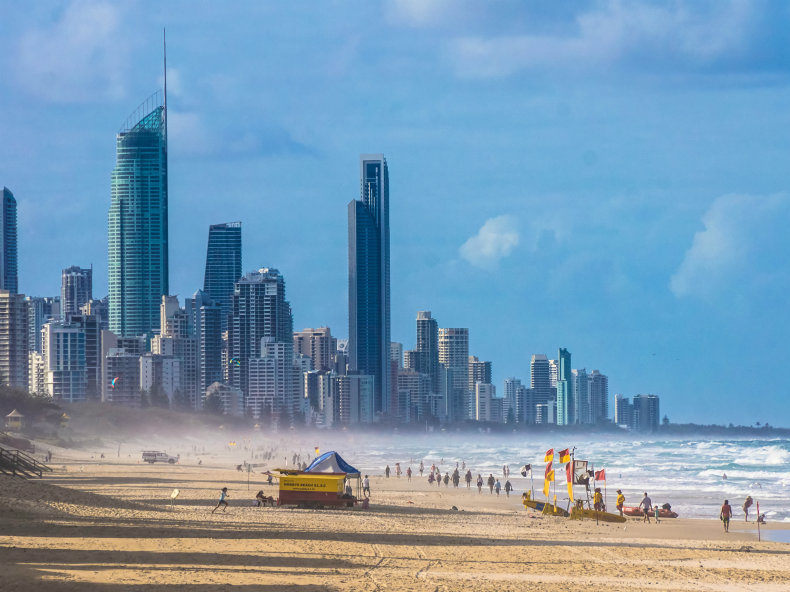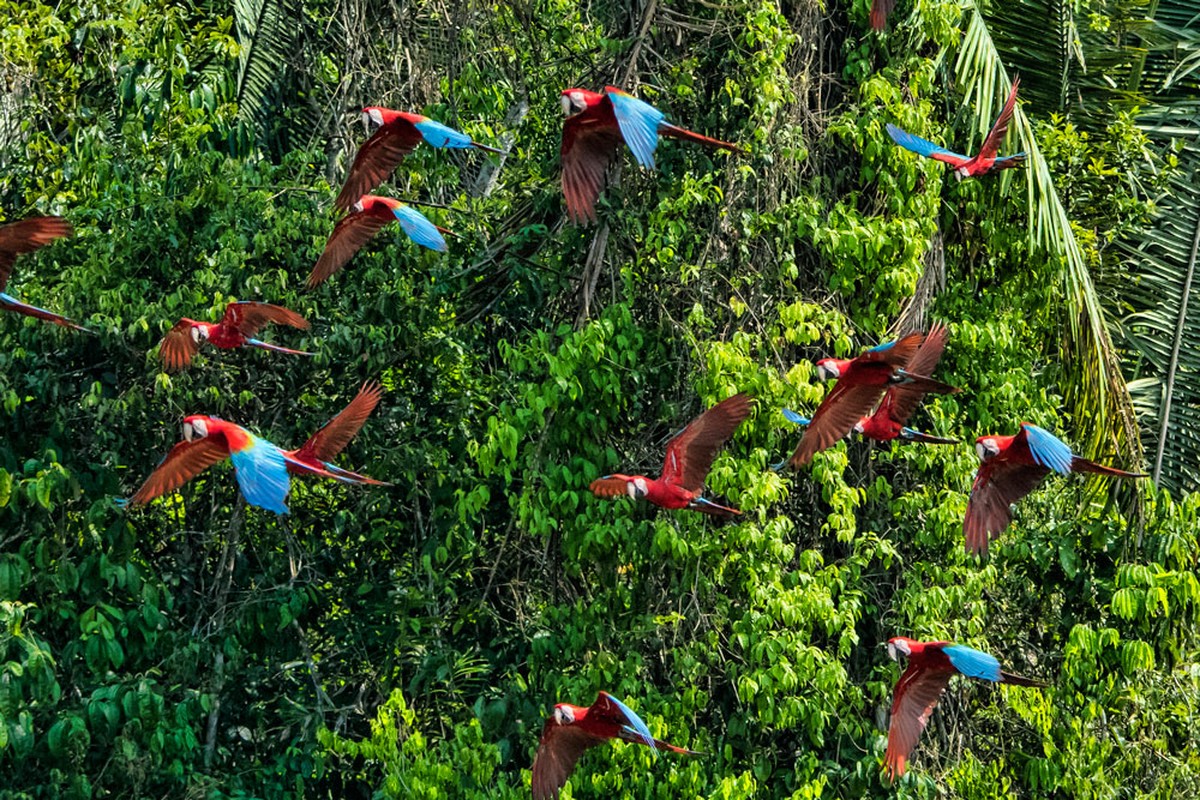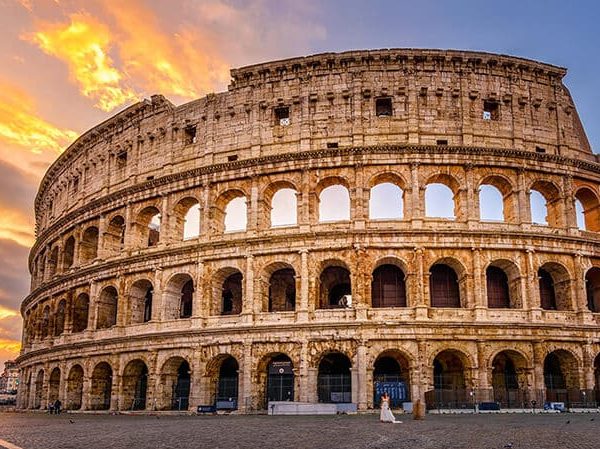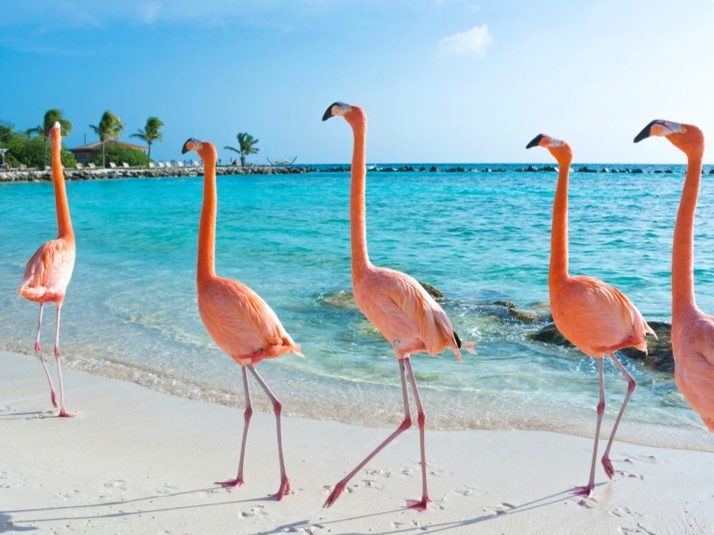Jamaica
Jamaica is an island country situated in the Caribbean Sea. Spanning 10,990 square kilometres (4,240 sq mi) in area, it is the third-largest island of the Greater Antilles and the Caribbean (after Cuba and Hispaniola). Jamaica lies about 145 kilometres (90 mi) south of Cuba, and 191 kilometres (119 mi) west of Hispaniola (the island containing the countries of Haiti and the Dominican Republic); the British Overseas Territory of the Cayman Islands lies some 215 kilometres (134 mi) to the north-west.
Etymology
The indigenous people, the Taíno, called the island Xaymaca in their language, meaning the “Land of Wood and Water” or the “Land of Springs”. Yamaye has been suggested as an early Taíno name for the island as recorded by Christopher Columbus.
Colloquially, Jamaicans refer to their home island as the “Rock”. Slang names such as “Jamrock”, “Jamdown” (“Jamdung” in Jamaican Patois), or briefly “Ja”, have derived from this.
Geography and Environment
Jamaica is the third largest island in the Caribbean. It lies between latitudes 17° and 19°N, and longitudes 76° and 79°W. Mountains dominate the interior: the Don Figuerero, Santa Cruz, and May Day mountains in the west, the Dry Harbour Mountains in the centre, and the John Crow Mountains and Blue Mountains in the east, the latter containing Blue Mountain Peak, Jamaica’s tallest mountain at 2,256 m. They are surrounded by a narrow coastal plain. Jamaica only has two cities, the first being Kingston, the capital city and centre of business, located on the south coast and the second being Montego Bay, one of the best known cities in the Caribbean for tourism, located on the north coast. Kingston Harbour is the seventh-largest natural harbour in the world, which contributed to the city being designated as the capital in 1872. Other towns of note include Portmore, Spanish Town, Savanna la Mar, Mandeville and the resort towns of Ocho Ríos, Port Antonio and Negril.
Tourist attractions include Dunn’s River Falls in St. Ann, YS Falls in St. Elizabeth, the Blue Lagoon in Portland, believed to be the crater of an extinct volcano, and Port Royal, site of a major earthquake in 1692 that helped form the island’s Palisadoes tombolo.
Among the variety of terrestrial, aquatic and marine ecosystems are dry and wet limestone forests, rainforest, riparian woodland, wetlands, caves, rivers, seagrass beds and coral reefs. The authorities have recognised the tremendous significance and potential of the environment and have designated some of the more “fertile” areas as “protected”. Among the island’s protected areas are the Cockpit Country, Hellshire Hills, and Litchfield forest reserves. In 1992, Jamaica’s first marine park, covering nearly 15 square kilometres (5.8 sq mi), was established in Montego Bay. Portland Bight Protected Area was designated in 1999. The following year Blue and John Crow Mountains National Park was created, covering roughly 300 square miles (780 km2) of a wilderness area which supports thousands of tree and fern species and rare animals.
There are several small islands off Jamaica’s coast, most notably those in Portland Bight such as Pigeon Island, Salt Island, Dolphin Island, Long Island, Great Goat Island and Little Goat Island, and also Lime Cay located further east. Much further out – some 50–80 km off the south coast – lie the very small Morant Cays and Pedro Cays.
Climate
The climate in Jamaica is tropical, with hot and humid weather, although higher inland regions are more temperate. Some regions on the south coast, such as the Liguanea Plain and the Pedro Plains, are relatively dry rain-shadow areas.
Jamaica lies in the hurricane belt of the Atlantic Ocean and because of this, the island sometimes suffers significant storm damage. Hurricanes Charlie and Gilbert hit Jamaica directly in 1951 and 1988, respectively, causing major damage and many deaths. In the 2000s (decade), hurricanes Ivan, Dean, and Gustav also brought severe weather to the island.
Languages
Jamaica is regarded as a bilingual country, with two major languages in use by the population. The official language is English, which is “used in all domains of public life”, including the government, the legal system, the media, and education. However, the primary spoken language is an English-based creole called Jamaican Patois (or Patwa). The two exist in a dialect continuum, with speakers using a different register of speech depending on context and whom they are speaking to. “Pure” Patois, though sometimes seen as merely a particularly aberrant dialect of English, is essentially mutually unintelligible with standard English and is best thought of a separate language. A 2007 survey by the Jamaican Language Unit found that 17.1 percent of the population were monolingual in Jamaican Standard English (JSE), 36.5 percent were monolingual in Patois, and 46.4 percent were bilingual, although earlier surveys had pointed to a greater degree of bilinguality (up to 90 percent).[150] The Jamaican education system has only recently begun to offer formal instruction in Patois, while retaining JSE as the “official language of instruction”.
Additionally, some Jamaicans use one or more of Jamaican Sign Language (JSL), American Sign Language (ASL) or the indigenous Jamaican Country Sign Language (Konchri Sain).[152] Both JSL and ASL are rapidly replacing Konchri Sain for a variety of reasons.
Science and Technology
The Science, Technology and Innovation (STI) sector is guided by the National Commission on Science and Technology (NCST) and the Scientific Research Council (SRC). Both are under the direction of the Ministry of Science, Energy, and Technology.
Since the 1990s, the government has set an agenda to push the development of science and technology in Jamaica. Despite some successes, such as the growth of the nutraceutical industry, it has been difficult to translate the results into domestic technologies, products and services – largely because of national budgetary constraints. However, with Jamaica’s improved fiscal position, coming out of its recent IMF programme, the government has pledged to increase expenditure on research and development.
Jamaicans have made some noteworthy scientific and medical contributions. Amongst these include the discovery of kwashiorkor, the pioneer of treatments for pediatric sickle cell anemia and the invention of various spacecraft support systems.
Transport
The transport infrastructure in Jamaica consists of roadways, railways and air transport, with roadways forming the backbone of the island’s internal transport system.
Categories: Central America & Caribbean
More Lifehack Videos





